An Introduction to Duty Drawback: What Every Importer Needs to Know
Dealing with the intricacies of international trade can be overwhelming. One area that often confuses importers is duty drawback. This process offers significant financial benefits but is underutilized due to its complexity. Understanding duty drawback is crucial for any importer looking to optimize costs and compete globally. Partnering with a duty drawback broker can simplify this process and maximize your refunds.
What is Duty Drawback?
Duty drawback is a refund of certain duties, taxes, and fees paid on imported goods that are later exported or destroyed. This system, established by the U.S. Congress in 1789, encourages companies to compete in foreign markets without the financial burden of import duties.
Types of Duty Drawback
There are several types of duty drawback:
- Manufacturing Direct Identification: When imported goods are used to manufacture products in the U.S., and these products are exported or destroyed, businesses can claim a refund of up to 99% of the duties paid.
- Manufacturing Substitution: This applies when both imported and domestic goods of the same kind and quality are used in manufacturing. If the final products are exported or destroyed, businesses can claim a drawback.
- Unused Merchandise: If imported goods are exported or destroyed without being used, businesses can claim up to 99% of the duties paid.
- Rejected Merchandise: If imported goods are defective or not as ordered and are exported or destroyed, businesses can claim a drawback.
The Duty Drawback Process
Claiming duty drawback involves several steps:
- Filing a Drawback Entry: A drawback entry needs to be submitted with all necessary documentation within three years of exporting or destroying the goods.
- Electronic Submission: All claims are to be filed electronically through the Automated Commercial Environment (ACE).
- Required Documentation: Key documents for the duty drawback process include drawback entries, certificates of delivery, certificates of manufacturer, and notices of intent to export or destroy, all managed by your duty drawback consultant.
Benefits of Duty Drawback
Duty drawback offers several benefits for importers:
- Cost Savings: Businesses can recover up to 99% of the duties paid on imported goods.
- Increased Competitiveness: Lower costs allow businesses to price products more competitively in foreign markets.
- Improved Cash Flow: Refunds can significantly enhance a business’s cash flow.
Challenges in Claiming Duty Drawback
While the benefits are substantial, the process can be challenging due to:
- Complex Regulations: Navigating the intricate rules and regulations can be difficult without expert knowledge.
- Accurate Documentation: Ensuring all paperwork is correctly completed and submitted is crucial.
- Time-Consuming Process: The entire process, from filing to receiving refunds, can be lengthy.
Given these challenges, it’s easy to see why many businesses might find the duty drawback process daunting. However, there’s a way to simplify and streamline the process. This is where the expertise of a duty drawback specialist becomes invaluable.
Why Work with a Duty Drawback Specialist?
Given the complexities and potential challenges in claiming duty drawback, working with experienced duty drawback brokers is essential. A & A Customs Brokers offers specialized services to help businesses navigate the duty drawback process efficiently and effectively. With over 45 years of experience in customs brokerage and trade compliance, A & A Customs Brokers can ensure you maximize your refunds while staying compliant with all regulations. So, contact us today to learn more about how we can help you benefit from duty drawback.

